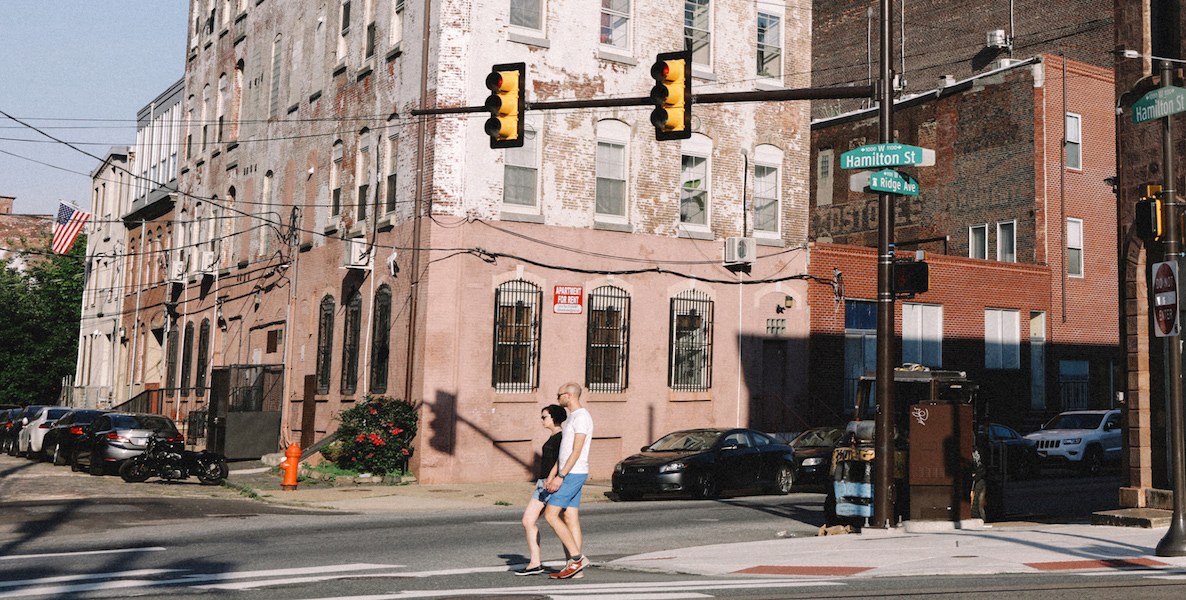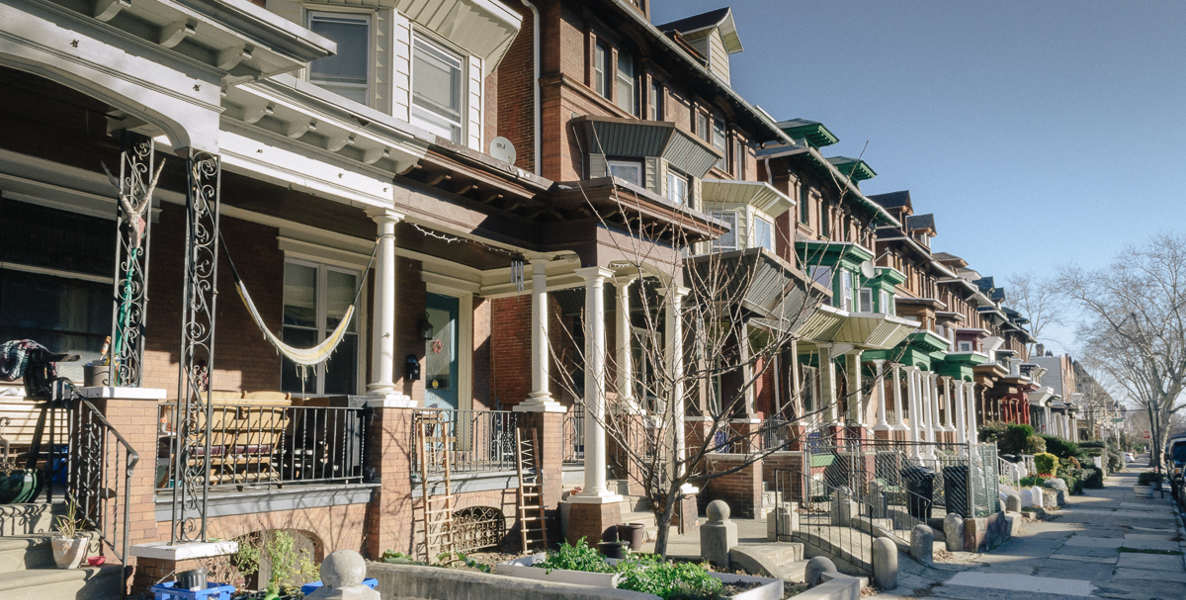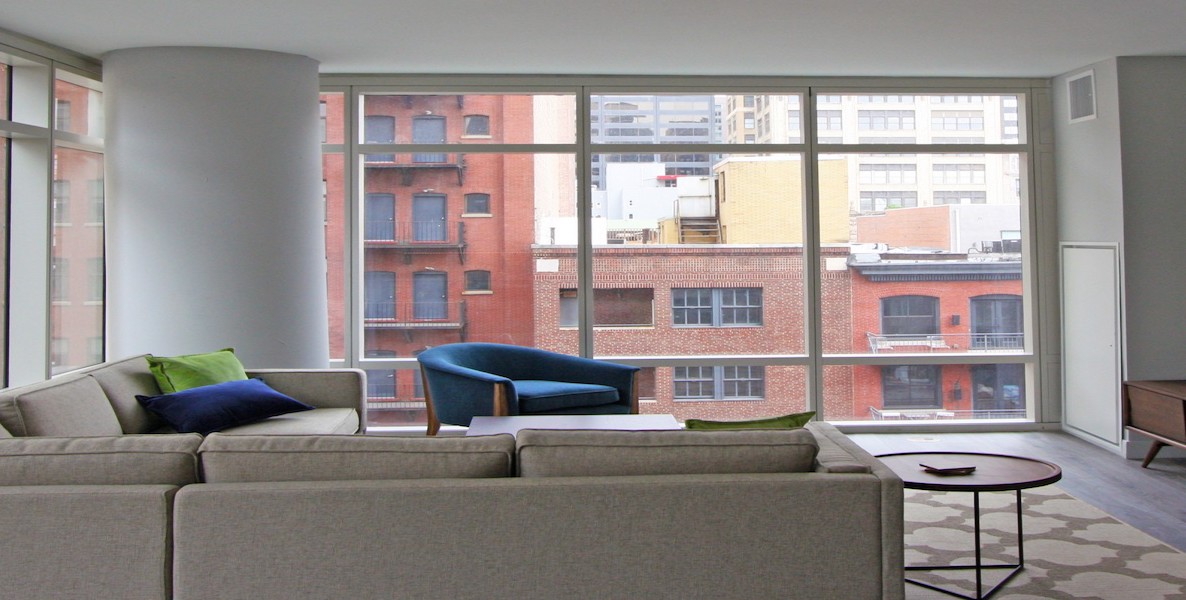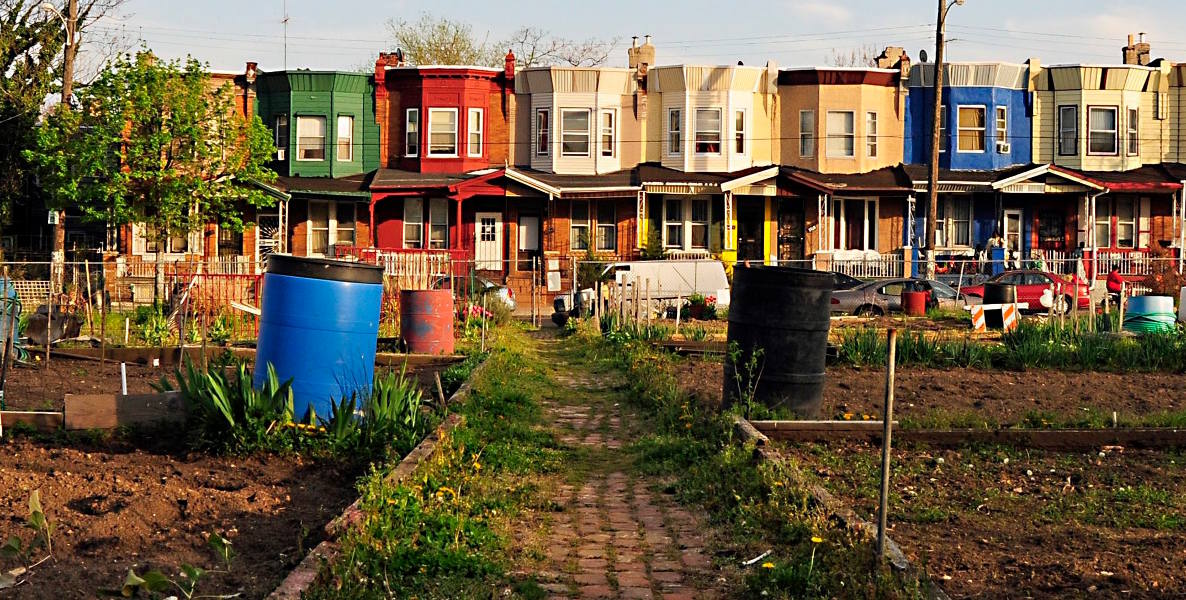In case you haven’t heard, there’s a new housing bubble in Philadelphia. Housing inventory is at an all time low. We need to build 38,000 new units of housing to keep up with current demand, and more people are struggling to buy their first houses. Meanwhile, another report says Philly’s still undervalued, while others gripe that affordable housing is vanishing.
The bottom line that both the media and your local councilperson would like you to believe: Your housing outlook is grim unless you already own a home.
The struggle is real and not unique to Philly. Cities across the country are contemplating various measures to deal with a shortage of affordable housing. In Washington, D.C., a new coalition of affordable housing proponents, urbanists, anti-poverty advocates and developers promises to build its way out of the Beltway’s affordability crisis. Meanwhile, in Seattle, the city is spending money from its affordable housing fund to help homeowners stave off foreclosure, since that’s cheaper than building new affordable units.
But there’s other unlikely sources of relief: Market-oriented real-estate developers, VC-backed companies like Airbnb and community-minded collectives. Indeed, all of these groups have found ways to create housing that is more suitable to today’s debt-laden, transient, gig economy people. While local and national housing policy are still hung up on the holy grail of single family homeownership, these approaches to housing are connecting with people who can’t—or don’t want—to either sign a long term lease or buy a house. And this might be a very good thing for our current housing crisis.
Digital nomads, boom-mates, tiny houses and microapartments, co-housing and co-living, and even Airbnb, are ways in which creative Americans are responding to high housing prices and housing options that are incompatible with contemporary lifestyles. (In the coming weeks, we will explore some of these options in more detail.) Some of these new approaches to living, especially the more convivial ones, could staunch gentrification, create new affordable options for renters, and support a more dynamic home life. The challenge for government is not to stand in the way of these emerging housing types, but to take these models that right now primarily reward wealthy, educated people and distribute them to everyone.
Many of these ideas—from co-living arrangements to short-term rentals—always existed informally, but they became less and less common throughout the 20th century as local government and civic associations, among other NIMBYist actors, pushed them out of the mainstream. For example, up until relatively recently, rooming houses were very common in cities across the country, but as the Sightline Institute notes:
A tightening net of ordinances and codes have helped squeeze rooming houses, and related housing choices, nearly to extinction. Removing certain of these restrictions on room rentals, bed rentals, and shared housing and ending building-by-building mandates for off-street parking could be the fastest, least-expensive, and most sustainable way to make housing more affordable.
Frustratingly, government, which is supposed to protect housing for all, has unintentionally ended up reserving it for the monied few. Meanwhile NIMBYs dissuaded transient housing since it catered to those “undesirable people” who couldn’t afford a full month’s rent.
While Philly is so forward thinking in areas like Rebuild, we are far behind on housing. Look at New York, which combined 67 vacant parcels around the city to sell to developers who then could get the right economies of scale to create 400 affordable units.
Now there are companies like Airbnb and Unsettled who have made short-term habitation not just possible, but palatable and increasingly inevitable. The problem is that the users tend to be the tourist class, not the immigrants or day laborers who benefited from this kind of housing in the past. And the people profiting from these short-term rental houses tend to be corporations rather than families or older adults with a bedroom to spare.
Instead of finding ways to encourage regulated, modern boarding houses, local government all too often seeks to create more affordable housing by building it from scratch, creating untenable promises of thousands of new units that will never get built but temporarily appease concerned citizens. But land and construction labor costs here are too high to result in affordable housing without heavy subsidies, such as tax abatements and credits; simply building more affordable housing may not be realistic nor the best solution to our housing problems.
Other traditional approaches, such as pushing more housing supply, tax incentives, inclusionary zoning (i.e., ensuring affordable housing is part of any new market rate project), rent caps and vouchers obscure the reality that the new affordable housing may not look like the housing of the past. Namely, that our society is slowly moving toward more transient and shared living options.
Some developers have figured this out. While microapartments are popping up around the country, a dozen new microapartments in Brewerytown are being developed for sale and another 49 units in South Kensington are planned for rent. Both are geared toward young people, who can’t afford typically sized units.
Meanwhile, a more innovative and ambitious effort is underway with StartUp Home, a European company that is in the process of building out a 15,000 square foot space for co-working and co-living in East Passyunk. It’s not a traditional co-living space, but mostly a business incubator for entrepreneurs who could benefit from living with other entrepreneurs and the feedback loops of living and working in the same place. It’s also an ingenious way of addressing the other half of the housing affordability issue: helping people access more income. People won’t live there for more than a few months at a time—because that’s how young people live today, and that’s how long a business can reasonably keep a tenant.
Now why not take these ideas and apply them to the work being done by government and philanthropy to address the housing crisis? Imagine a building that houses jobless people for a short period of time while they learn a new skill, allowing them to learn quickly and establish new networks while not being burdened with housing costs or commutes. Likewise, imagine how much more affordable housing we could build if we focused on microunits instead of single-family houses-with-parking.
While Philly is so forward thinking in areas like Rebuild, we are far behind on housing. Look at places like Vienna, a similarly sized historic city (1.9 million people in 160 square miles compared to our 1.5 million in 130 square miles) which has zero—zero! —areas exclusively zoned for single family housing. Look at New York, which combined 67 vacant parcels around the city to sell to developers who then could get the right economies of scale to create 400 affordable units. Like these cities, Philly needs new solutions that really get at the root of the problems, rather than create short-term solutions that later backfire.
A perfect example of short-term thinking emerged recently from Council Members Jannie Blackwell and Darrell Clarke, who have both proposed to increase parking minimums from one to two cars per housing unit in an effort to appease those who feel their neighborhoods are being taken over by newcomers. But a parking spot adds $20,000 to $100,000 to the cost of a home, depending on the neighborhood.
Market-oriented real-estate developers, VC-backed companies like Airbnb and community-minded collectives have found ways to create housing that is more suitable to today’s debt-laden, transient, gig economy people. And this might be a very good thing for our current housing crisis.
How can you create affordable housing when the base price is $50,000 before you’ve even added livable square footage to it? Council sends the message that more parking helps people, when in fact it should be explaining that adding parking to new units will only drive up prices, adding to gentrification rancor.
Likewise, instead of encouraging more density, entities like the planning commission are actively trying to prevent it because they think they’re preserving a neighborhood’s less-dense character. But ironically, Philadelphia is less dense than was in the 1950s, so many neighborhoods’ true character was far denser than it is now. Thank goodness the Brewerytown microapartments project had the support of Councilman Clarke, otherwise the Commission’s no-vote would have killed it.
Which brings us to the final and most important issue: Councilmanic prerogative in our city determines whether or not innovative projects get approval. Right now, a single-family home in Philadelphia can be built almost anywhere; but in most cases, anything more dense, more transient or more innovative requires waivers or special exceptions that need community support and often the local council person’s approval. At a time when neighborhoods are often encouraging downzoning to deal with various pressures, this does not bode well for the diversity of housing stock that would enable true affordability in the city.
The fact is that most new housing across the country hasn’t kept pace with what’s happening both in society and in the real estate market. While 69.2 percent of Americans owned their homes by the end of 2004, homeownership rates began declining from there, reaching its lowest rate since 1965 (62.9 percent) at the end of July 2017. It ain’t going back up any time soon.
The current housing paradigm—scrimping to pull together a down payment before housing prices go up further, trying to find the right house that will last through many different life phases, spending weekends playing Bob Vila to keep a house in good repair—doesn’t make sense for more and more people in today’s world.
In an era when people are too busy to shop for groceries in person, coordinating house repairs is too burdensome. At a time when technology allows many people to work anywhere with wifi, why settle for a neighborhood coffee shop when you could live half the year in Istanbul? And in a time when people don’t pair off and have kids as quickly or often, large single-family homes are too expensive and inefficient.
Alternative housing will soon be the new normal; the question is how long we will stand in its way.
Diana Lind, a Citizen board member, is Managing Director of the Penn Fels Policy Research Initiative.
Header Photo: Melissa Romero






